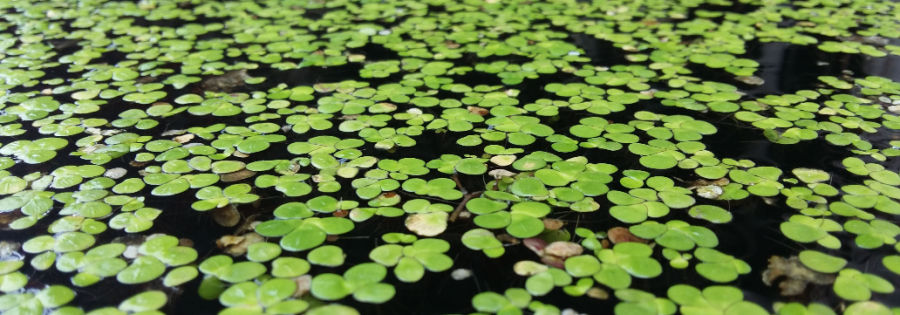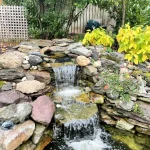Duckweed is a common nuisance in ponds that can quickly take over the surface of the water, causing issues for aquatic life and making the pond look unsightly. If you’re dealing with duckweed in your pond, don’t worry, there are several effective methods you can use to get rid of it and restore the health and beauty of your pond.

Credit: www.coastalspray.com
1. Manual Removal
One of the simplest ways to control duckweed in your pond is by manually removing it. You can use a fine-mesh net or a rake to skim the duckweed off the surface of the water. This method is best for small ponds or areas with localized duckweed growth.
2. Biological Control
Introducing natural predators of duckweed, such as certain species of fish or ducks, can help control its growth. Fish like grass carp and koi are known to feed on duckweed, while ducks can also consume large quantities of it. However, be cautious when introducing new species to your pond and ensure they are compatible with the existing ecosystem.
3. Aeration
Aerating your pond can help reduce the growth of duckweed. By increasing oxygen levels in the water, aeration promotes the growth of beneficial bacteria that can outcompete duckweed for nutrients. Consider installing an aerator or fountain to improve water circulation and oxygenation in your pond.
4. Chemical Treatments
There are several herbicides available that can effectively control duckweed in ponds. Look for products containing active ingredients like fluridone or diquat, which are specifically designed to target aquatic weeds. Be sure to follow the manufacturer’s instructions carefully when using chemical treatments to avoid harming other plants and wildlife in the pond.
5. Nutrient Management
Duckweed thrives in nutrient-rich environments, so managing the nutrient levels in your pond can help prevent its growth. Avoid overfeeding fish and minimize the use of fertilizers near the pond to reduce the nutrient load in the water. Regular water testing can help you monitor nutrient levels and take corrective actions as needed.
6. Shade Control
Duckweed prefers sunlight, so shading the pond can help inhibit its growth. You can plant trees or shrubs around the pond to create natural shade or install a shade cloth or floating plants on the water’s surface. By reducing the amount of sunlight reaching the water, you can discourage duckweed from spreading.

Credit: www.pinterest.com
7. Mechanical Harvesting
For large-scale duckweed infestations, mechanical harvesting may be necessary. Specialized equipment, such as aquatic weed harvesters or skimmers, can be used to remove large quantities of duckweed efficiently. This method is best suited for ponds with heavy duckweed coverage and may require professional assistance.
8. Regular Maintenance
Preventing duckweed infestations in the first place is key to maintaining a healthy pond. Implementing regular maintenance practices, such as removing debris, controlling algae growth, and monitoring water quality, can help create an environment that is less hospitable to duckweed. By staying proactive, you can prevent duckweed from becoming a persistent problem in your pond.
Conclusion
Dealing with duckweed in a pond can be a challenging task, but with the right strategies and techniques, you can effectively control its growth and restore the balance of your aquatic ecosystem. Whether you opt for manual removal, biological control, aeration, chemical treatments, nutrient management, shade control, mechanical harvesting, or regular maintenance, each method has its advantages in combating duckweed infestations. By choosing the approach that best suits your pond’s needs, you can enjoy a clear, healthy pond free from the clutches of duckweed.





